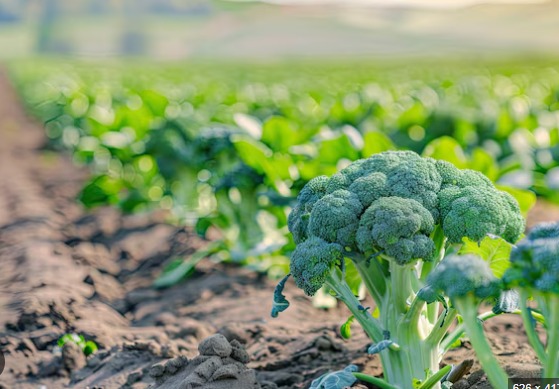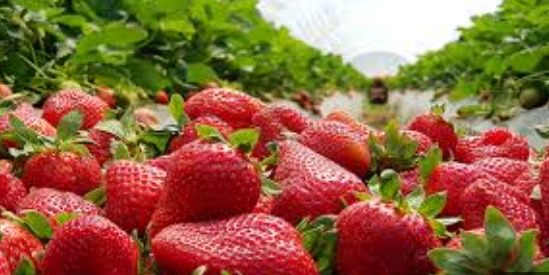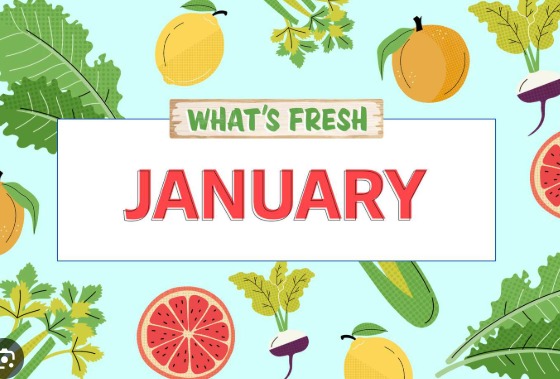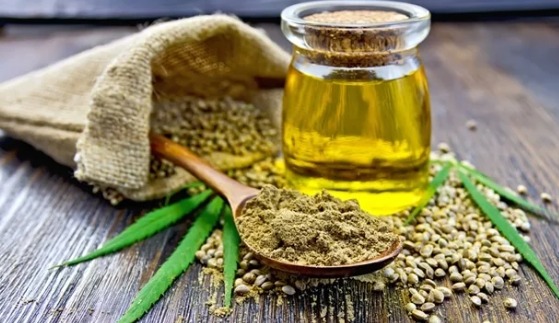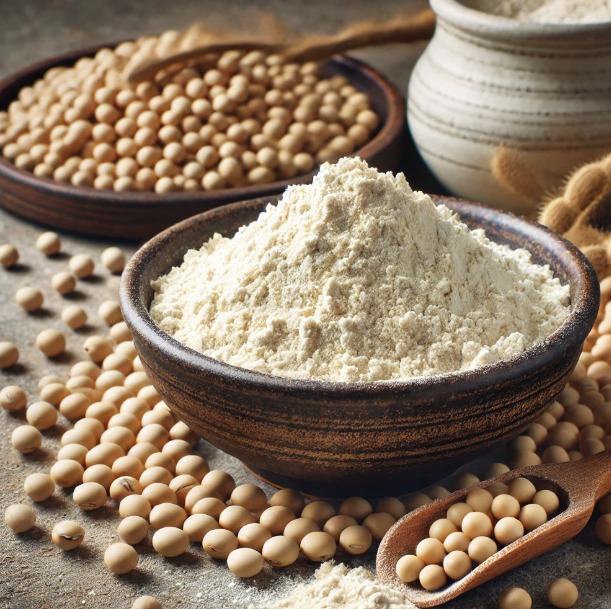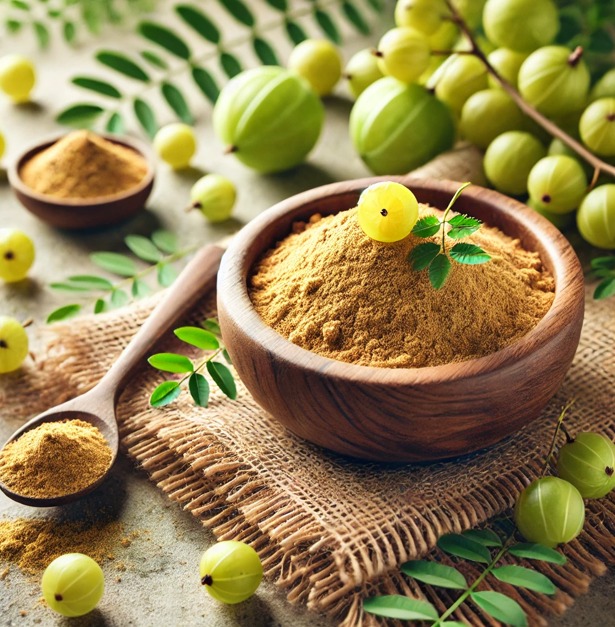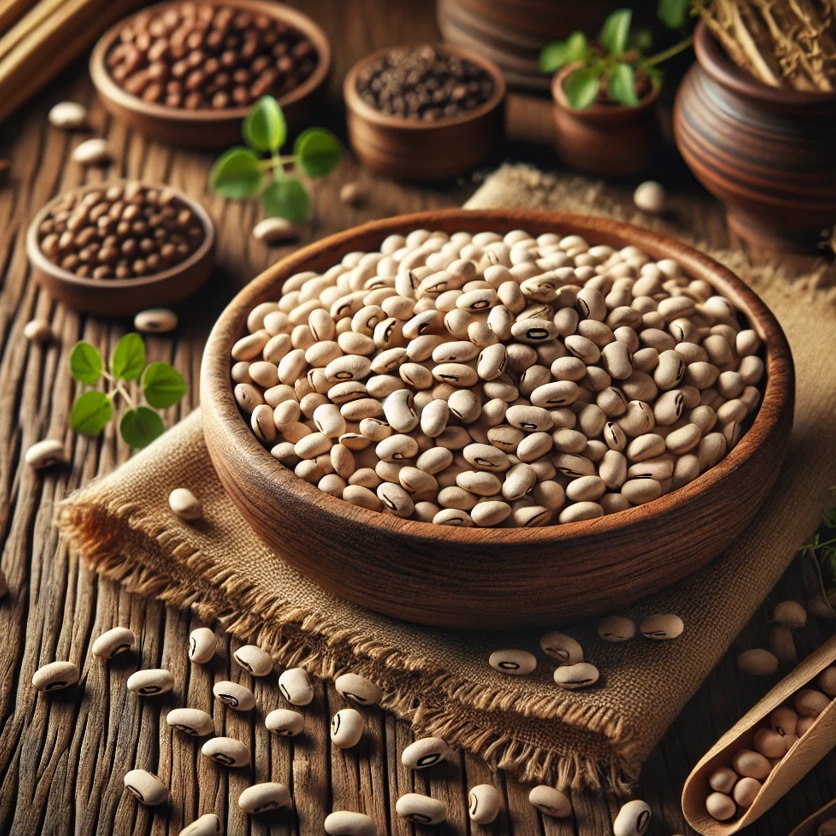
How to Differentiate Natural & Artifical Ripening in Fruits
King of fruits, “Mango” season is at its peak now; lots of mangoes of so many varieties are available in the markets around us. Other fruits like Banana, Grape, Pomegranate, Jamun, Litchi, Sapota, Jackfruit etc. offer a wider choice. We relish fruits when it is sweet in taste, which comes from natural ripening. But we see in market, very attractive yellow colored mangoes & bananas in shelves of fruit stalls. Let’s do here some reality check about what is visible around us.
- Mango: A fully matured Mango fruit can the judged by checking the shoulder & neck of the fruit at the point of attachment with stalk. If there is no depression but continuous convex curved around the stalk at neck & shoulder, the fruit is fully matured, hence ready for ripening. To judge this, please put few drops of water at the base where fruit is attached with stalk. If water droplet is rolling down the shoulder, then there is no depression at the neck.
- Banana: If Banana fruit has angular shape 3 – 4 ridges along the length of the fruit. It is the sign of immature fruit; skin will be thicker, pulp will be firm, threads underneath the skin will not come along while peeling the skin.
But now days, Banana is ripened in the Ethylene gas chambers specially designed for this purpose. Alternatively, a cheaper & faster method is dipping fruits in Ethrel solution, which is in fact a highly carcinogenic chemical, available in the market as weedicide. The skin of the fruit absorbs the chemical which trigger on ethylene gas formation. But here the gas is acting outside – in; so artificially ripened fruits look beautiful, uniform yellow color skin, but pulp color is pale yellow, firm textured & with less sweetness. Inner depth of pulp is sometimes remains totally unripe.
How to differentiate naturally ripened fruits??
1. Naturally ripened Mango has following characteristics:-
- Entire fruit is not be uniformly yellow colored but yellow color development starts from the shoulder then move downwards although ripening happens inside the entire fruit simultaneously. Yellow color development starts first where pulp is more because ethylene gas formation is more there hence it reaches upto the skin sooner.
- Flavor i.e. aroma & taste of the fruit is unique & typical is an important indication; as ripening starts, fruits release that aroma which is sweet smell typical to the variety of the fruit.
- Since ripening process generates heat which is not distributed uniformly all over the skin, hence there are blemishes on the skin i.e. skin of the fruit cannot have uniform yellow tone.
2. Naturally ripened Banana has following characteristics:-
- Entire fruit is uniformly rounded circumference along its length which is the sign of full maturity; natural ripening cannot start unless fruit attains full maturity.
- Flavor i.e. aroma & taste of the fruit is unique & typical is an important indication; as ripening starts, fruits release that aroma which is sweet smell typical to the variety of the fruit.
- Since ripening process generates heat which is not distributed uniformly all over the skin, hence there are blemishes on the skin i.e. skin of the fruit cannot have uniform yellow tone.
- As the natural ripening starts, stalk of the fruit also starts turning yellow; by the time fruit is fully ripened, stalk turns brownish.
How to identify artificially ripened fruits??
- Banana fruit stalk is still greenish though fruit is uniform yellow but of lighter shade, with no aroma.
- Mango fruit is fruit is uniform yellow but of lighter shade, with no aroma.
------------------------------------------------------------------------------------------------------

Tags: artifical ripening, fruits, awareness



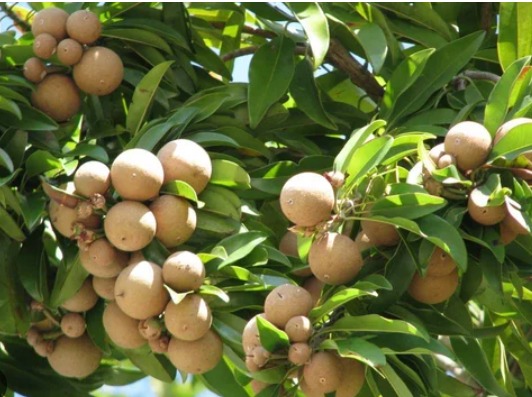
.jpg)
